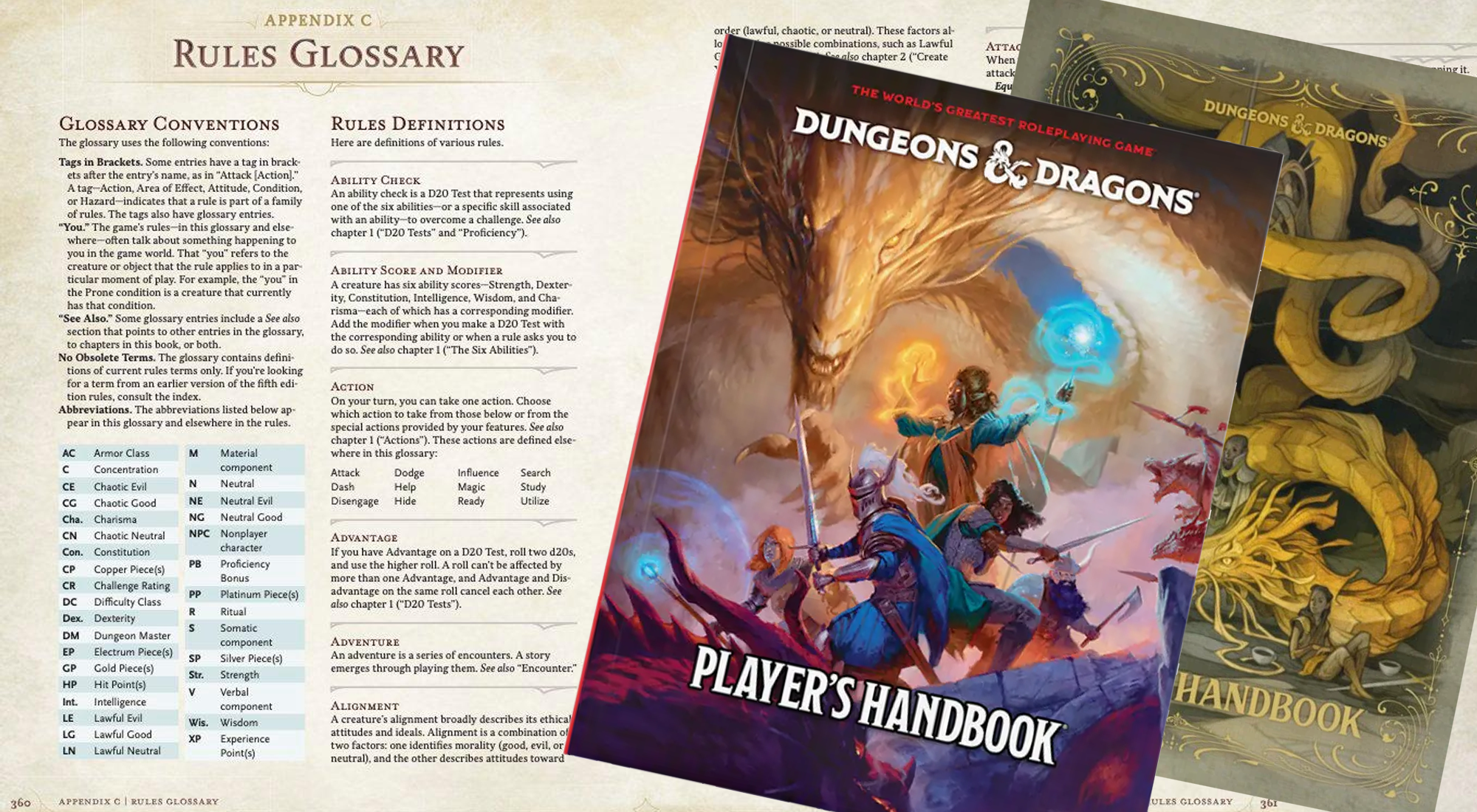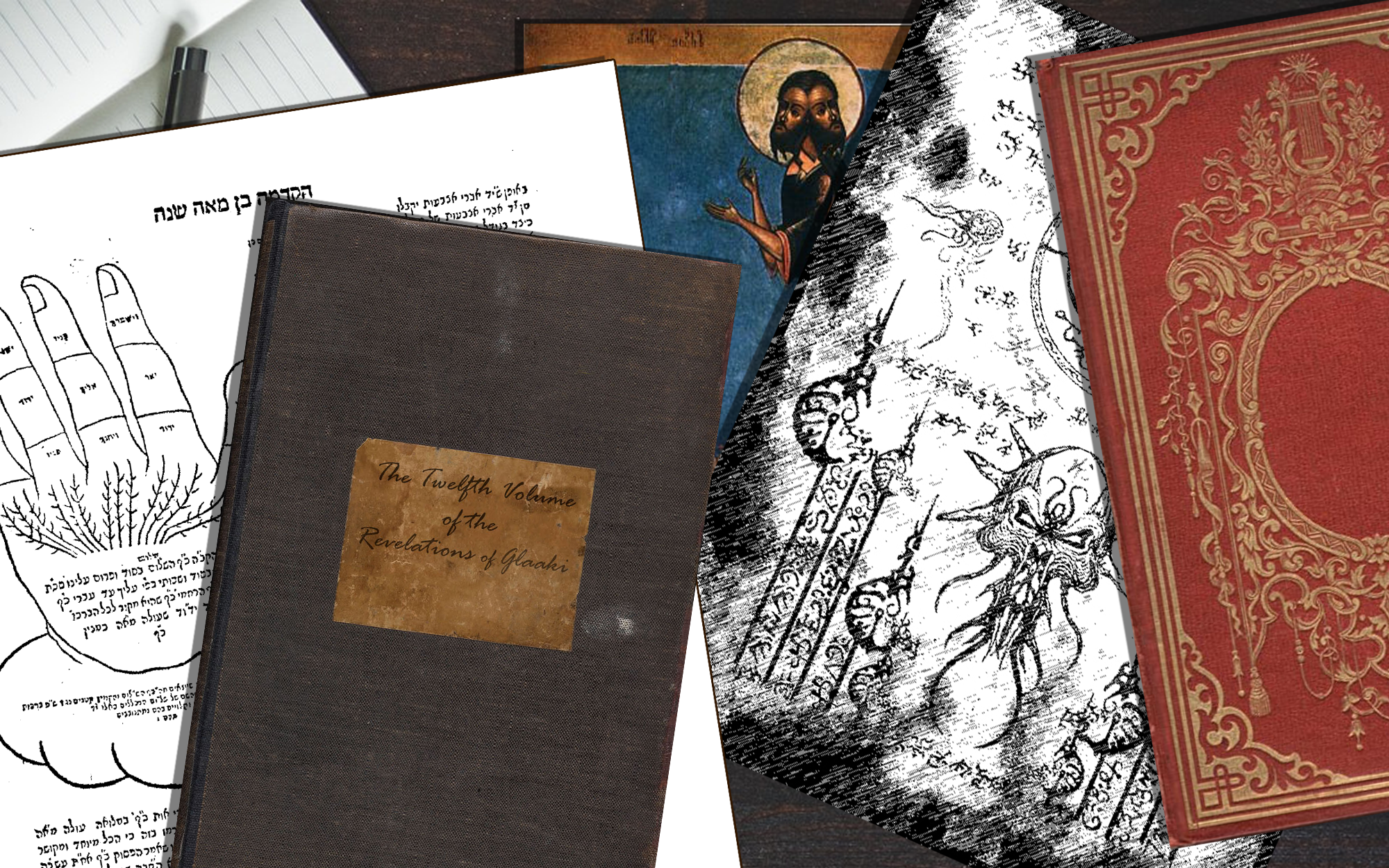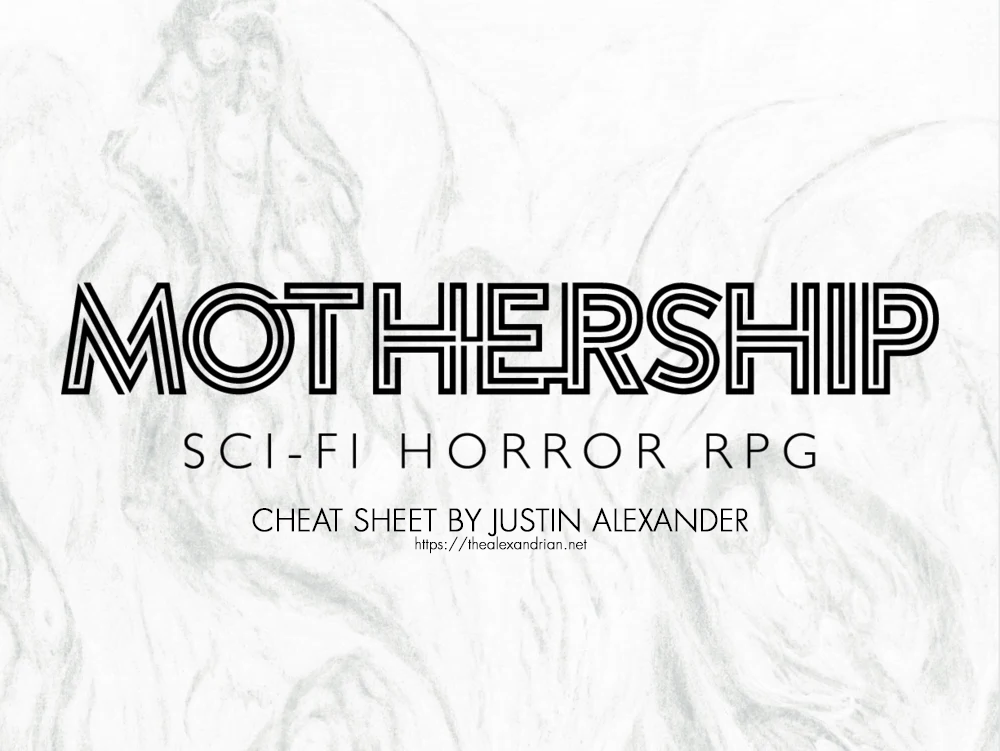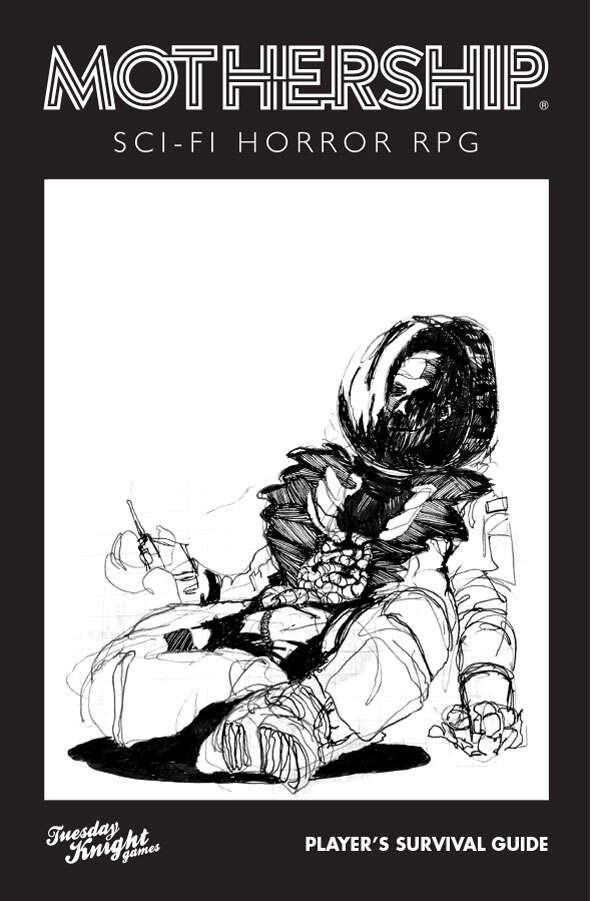M. asks:
I want to run a post-apocalyptic campaign with the PCs stuck in the middle of a war between multiple factions, but I’m struggling to set it up. I want a lot of inter-factional politics and for the struggle just to survive to be a big part of things. The PCs should start as grunts, but I’d like them to get more involved in the decision-making later on. I’ve read So You Want to Be a Game Master, but what do I actually prep? Should I write up the whole military campaign as a hexcrawl?
To get started, let’s keep it simple.
Your campaign is going to start with an EPISODIC STRUCTURE with mission-based scenarios: The PCs are grunts. Maybe for a specific military. Maybe as part of a small band of scavengers trying to survive w while the larger war rages around them. Or maybe they’re mercs getting orders from different factions each week.
Regardless, your basic scenario hook is simple: They get orders to DO A THING from their commanding officer or scavenge elder or whatever.
And, from that, the basic rhythm of play will flow pretty naturally: They go and do the thing (or fail to do the thing). Then they go back to their commanding officer and they get their next mission.
Each MISSION is a scenario. You told me you have So You Want to Be a Game Master, and that book is primarily designed around scenario structures — how to design and run different types of scenarios.
DUNGEON SCENARIOS
- The enemy has dug a tunnel network; we need you to go and clear it out.
- We’ve discovered an old Fallout-style Vault. We need you to explore it and verify there’s no enemy presence.
RAID SCENARIOS
- We need you to take out the enemy’s mobile transmission tower.
- We’ve found a secret tunnel going into Base Frozen Alpha. Use the tunnel to infiltrate the base, then lower the shields.
And so forth.
As a general rule, though, giving the PCs a specific objective, but leaving the players free to figure out HOW they want to achieve that goal will result in more interesting and engaging scenarios.
After running a couple of these missions, you might want to get a little fancy by experimenting with surprising scenario hooks. (For example, the PCs are sent to clear out a tunnel network suspected to be infested with enemies, but when they arrive they instead find it full of refugees. What do they do?)
But mostly you can keep it straightforward. Expect to run at least a half dozen of these scenarios to kick things off. During this time you’ll be learning a lot about the game, scenario design, your group, etc. Design each new mission based on (a) what the PCs are doing, (b) how their actions are affecting the world, and (c) what the PCs’ goals are/become.
- Look at things they care about, put them at risk, and say: “How do you save them?”
- Plague them with hardship (an enemy has infested their food supply with a bio-weapon), listen to the solutions they propose (“let’s raid their food depots!”), and then design the next scenario so that they can go and do that.
Along these same lines, have the mission outcomes be big and meaningful:
- If they find a large cache of rations, make a point of how the lives of their scavenge band have improved. Little Timmy, who was all skin-and-bones, is actually looking healthy!
- If they fail to take out an enemy communication tower, their unit gets ambushed. Now they’re on the run, pushed back by the enemy (and we need to scout out Death Rock Canyon to make sure there aren’t any muties laying an ambush before we can escape through it!) and their friends are crippled or dead.
Honestly, you could run the whole campaign like this and accomplish a lot of what you want to accomplish, but after running a bunch of episodic scenarios, you may be in a place where you want to reposition the PCs from “somebody tells you what to do” to “you need to figure out what to do.” This means putting the players in the driver’s seat so that you can directly engage them with the type of deep conflicts and meaningful choices you want to happen in this campaign.
This is the point where you’ll need to transition to a different campaign structure.
The first thing you’ll need to do, though, is look at how this shift happens diegetically: The PCs have been taking orders, now they’re not. Why?
- Maybe the leaders of their scavenger band get assassinated when they go to a meeting. Or blown up by a radiation bomb. However it happens, the PCs are now in charge of the scavenger band.
- If they’re military grunts, maybe they get assigned as an advanced scout team to explore a new region (where they’ll largely be autonomous in their operations).
You might plan ahead for this, but the nature of the diegetic shift may also develop organically through play.
The second thing, in my opinion, if you’re going to have the players making big, strategic choices that will affect the course of the war, then you need to give them some sort concrete structure to base those choices on.
This doesn’t have to be super robust. You don’t need to design a fully functional 4X strategy game. But you want something that will guide your own rulings and, by extension, let them make meaningful choices instead of just trying to influence your whim.
The most basic structure here is:
- A list of resources (food, ammunition, etc.) and where they’re produced/storehoused.
- A list of infrastructure (population/settlements, military units, etc.) and the cost in resources to maintain it per month, season, year, or whatever other time period makes sense.
- An understanding that a resource shortfall will result in either severe consequences for a piece of infrastructure or cause that infrastructure to collapse entirely.
The exact lists you use here will depend a lot on what you’ve discovered about the world, game, players, and characters while running the episodic portion of the campaign. (And you can actually start laying the groundwork for this stuff and experimenting a bit before the PCs are in a decision-making position.)
I recommend also adding FACTION DOWNTIME to this. A system for this is included in So You Want to be a Game Master, p. 342, and you should be able to adapt it pretty easily. The basic idea is that various factions will have agendas and they’ll be able to pursue those agendas as the campaign clock ticks forward. It’ll be up to the PCs to figure out which agendas they want to support, which they oppose, and which they ignore.
Since this is a military campaign, it’s also likely that you’ll want some sort of structure/system for resolving MASS BATTLES. What exactly this will look like will likely depend a lot on which RPG system you’re using and how large the conflict really is, but it’s once again something that doesn’t have to be super complicated in order to be effective.
Finally, make sure that (a) these three structures are linked to each other (e.g. specific faction projects should require specific resources; claiming those resources — or denying them to another faction — will likely require military action) and (b) the PCs can still take meaningful individual actions (i.e., go on adventures) to influence and/or participate in each structure (e.g., instead of a military action, they can go on an adventure to get the necessary resources; they can participate in the battles; they can provide security for the scientists researching the lunar lycanthrope raygun).
Along these lines, at this stage of the campaign (or perhaps even earlier), you may it useful to start experimenting with troupe-style play, in which each player controls a stable of characters and chooses which character they’ll play in each scenario depending on what the focus of the scenario is.




















